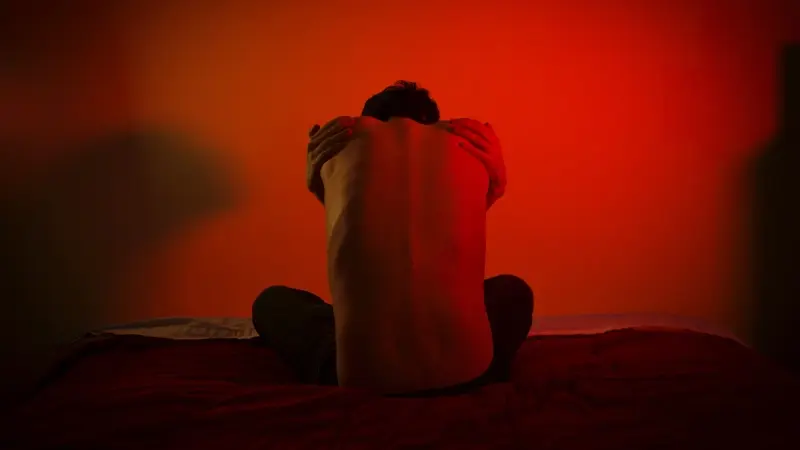Causes of Dull Lower Back Pain
Lower back pain is a common ailment that affects millions of people worldwide.

Lower back pain is a common ailment that affects millions of people worldwide. It can range from a mild discomfort to a debilitating condition that interferes with daily activities. While there are various causes of lower back pain, one common type is dull lower back pain. In this article, we will explore the possible causes of this type of pain and discuss potential treatment options.
1. Muscular Strain or Sprain
A common cause of dull lower back pain is a muscular strain or sprain. This can occur due to overexertion, improper lifting techniques, or sudden movements that put excessive stress on the muscles in the lower back. The pain is often described as a dull ache and may be accompanied by muscle stiffness or spasms.
To alleviate the pain and promote healing, it is important to rest the affected area, apply ice or heat packs, and take over-the-counter pain medications as recommended by a healthcare professional. Gentle stretching and strengthening exercises can also help to prevent future episodes of lower back pain.
2. Poor Posture
Another common cause of dull lower back pain is poor posture. Sitting or standing for long periods in a slouched or hunched position can strain the muscles and ligaments in the lower back, leading to discomfort. Over time, this can contribute to chronic pain.
To improve posture and relieve lower back pain, it is essential to maintain a neutral spine alignment while sitting, standing, and walking. Using ergonomic chairs and supportive cushions can also help to reduce strain on the lower back.
3. Herniated Disc
A herniated disc occurs when the soft inner core of a spinal disc protrudes through the outer layer. This can result in dull lower back pain, as well as radiating pain, numbness, or tingling sensations in the legs. The pain may worsen with certain movements or activities.
Treatment for a herniated disc may include physical therapy, pain medications, and in severe cases, surgery. It is important to consult with a healthcare professional to determine the most appropriate treatment plan based on the severity of the condition.
4. Degenerative Disc Disease
Degenerative disc disease is a condition that occurs when the discs between the vertebrae in the spine break down or deteriorate. This can cause dull lower back pain, along with stiffness and reduced flexibility. The pain may worsen with prolonged sitting or standing.
Treatment for degenerative disc disease may include physical therapy, medications, and lifestyle modifications. In some cases, surgery may be necessary to alleviate severe symptoms.
5. Spinal Stenosis
Spinal stenosis is a narrowing of the spinal canal, which can put pressure on the nerves in the lower back. This can result in dull lower back pain, as well as leg pain, numbness, or weakness. The pain may be relieved by sitting or leaning forward.
Treatment for spinal stenosis may include physical therapy, pain medications, and in severe cases, surgery. It is important to consult with a healthcare professional to determine the most appropriate treatment plan based on the severity of the condition.
Conclusion
Dull lower back pain can be caused by various factors, including muscular strain, poor posture, herniated discs, degenerative disc disease, and spinal stenosis. It is important to seek medical advice if the pain persists or worsens, as early intervention can help prevent further complications. Treatment options may include rest, physical therapy, pain medications, and in some cases, surgery. By understanding the causes of dull lower back pain and implementing preventive measures, individuals can reduce their risk of experiencing chronic discomfort in the future.

